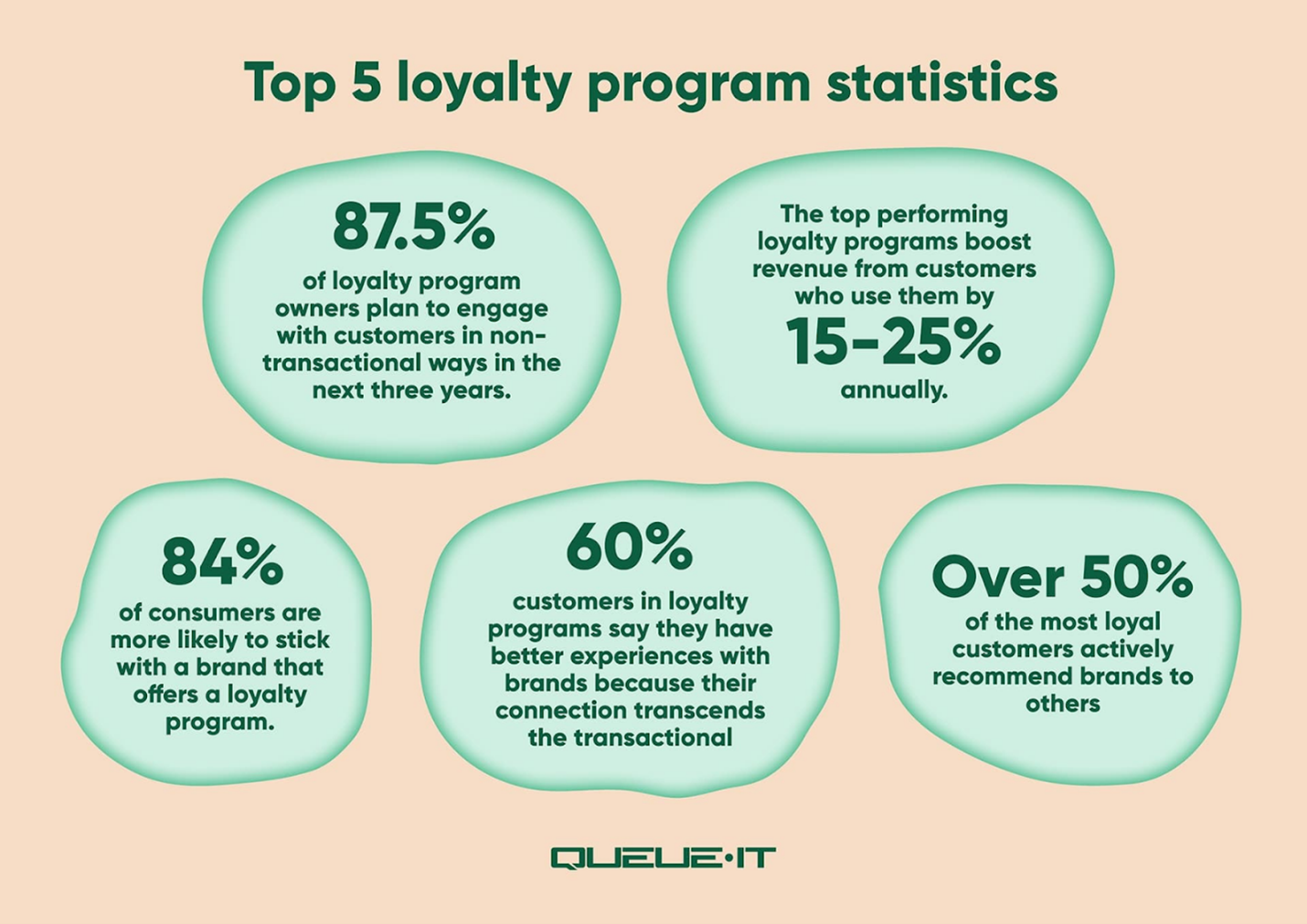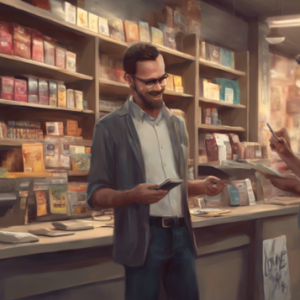Understanding the Importance of Innovative Reward Structures
In today’s competitive market, maintaining customer loyalty requires offering more than generic rewards. Brands need to get creative with their rewards. Customers get bored quickly in this digital age. By innovating reward structures and thinking outside the box, brands can deliver novelty and drive longer-lasting customer engagement.
T-Mobile, Mastercard and Starbucks Rewards are great examples of loyalty programs providing unique and innovative rewards. Starbucks offers personalized rewards such as a customer’s favorite cup of coffee. In addition to the brand’s points system, personalized innovative rewards proved tremendously successful [1]. Mastercard provides unique and exciting experiential rewards as well as transactional rewards, such as VIP access to concerts and once in a lifetime events, creating a sense of exclusivity, recognition, and reciprocity.
Case Study: T-Mobile
A good example of a loyalty program with a unique rewards structure is T-Mobile’s “T-Mobile Tuesdays.” The major telecommunications provider in the United States offers an unconventional approach to loyalty rewards.
Here’s how it works:
- Freebies Every Tuesday: T-Mobile customers can receive free rewards and offers every Tuesday through the T-Mobile Tuesdays app. These rewards can vary widely and include items such as free food, discounts on merchandise, free movie rentals and even the chance to win big-ticket prizes like vacations or cars.
- Weekly Surprises: Unlike traditional loyalty programs where rewards are typically tied to spending or points accumulation, T-Mobile Tuesdays offers a surprise every week. This element of surprise builds excitement and anticipation among customers.
- Diverse Partnerships: T-Mobile collaborates with a wide range of partners, including major brands like Starbucks, Lyft, and Domino’s Pizza, as well as smaller local businesses. This diverse set of partners offers a broad spectrum of rewards, making it appealing to a wide customer base.
- Non-Purchase-Based Rewards: While some rewards are tied to making purchases, many are not. This means that customers can enjoy perks and freebies without necessarily spending more with T-Mobile, creating a sense of goodwill and loyalty.
- Instant Gratification: Customers can claim their rewards on the same day they are offered, providing instant gratification and a sense of immediate value. This real-time aspect enhances the customer experience.
- Experiences and Sweepstakes: In addition to tangible rewards, T-Mobile Tuesdays offers experiences and sweepstakes that allow customers to participate in exciting events or have a chance to win valuable prizes. This element of surprise and adventure adds a unique dimension to the program.
- Community Engagement: The program encourages community engagement by occasionally offering collective rewards, such as free tacos for everyone if a specific sports team wins a game. This cultivates a sense of belonging among T-Mobile customers.
T-Mobile’s “T-Mobile Tuesdays” loyalty program is innovative because it focuses on providing customers with surprises, experiences, and diverse rewards every week. It’s not solely reliant on points or tier-based systems, making it stand out in the telecommunications industry and generating customer loyalty through regular, engaging interactions.
The Key Elements of a Successful Loyalty Program
Unquestionably, designing an effective reward structure is vital. The following are key elements of a successful loyalty program:
- Personalization: At the heart of a robust loyalty program lies compelling rewards and benefits. Incentives should resonate personally with each customer. A high degree of personalization is key.
- Exclusivity or Uniqueness: Incentives should also be unique. Differentiated rewards generate excitement, spurring customers to participate. Therefore, providing exclusive benefits can undoubtedly enhance a program’s allure.
- Easy To Use and Accessible: Successful programs have been designed to be easy and enjoyable to use, and the user experience is paramount. Customers should easily understand how the program works and how to earn and redeem their rewards. If navigation is even remotely challenging, customers may not participate.
The Benefits of Customizing Rewards for Your Audience
By leveraging customer data, brands can personalize loyalty rewards. In doing so, they can cater to each customer’s desires, capitalizing on behavioral data to offer truly compelling rewards.
Studies show that 84% of customers are more likely to stick with a brand that offers a loyalty program and that the top-performing loyalty programs boost revenue from those customers by 15-25% annually [2]. By customizing rewards, brands can offer a more meaningful and rewarding loyalty program that truly resonates with customers. All while boosting revenues year after year in the process.

Keeping Loyalty Programs Fresh with Innovative Reward Structures
Adopting unique and dynamic reward structures can make your loyalty program invincible. It is crucial not just for attracting new customers, but also for retaining existing ones.
Keeping a loyalty program fresh and novel with innovative reward structures is essential to maintain customer engagement and interest. Here are 5 strategies to achieve that:
- Regularly Introduce New Rewards:
- Continually add new rewards to the program to surprise and delight customers. Consider offering limited-time rewards, exclusive experiences, or unique merchandise that aligns with customer interests.
- Tiered or Dynamic Rewards:
- Implement tiered reward structures where customers can unlock higher-value rewards as they progress through different loyalty levels. Alternatively, use dynamic rewards that adjust based on customer behavior and preferences.
- Gamification:
- Introduce gamification elements like challenges, badges and competitions within the loyalty program. Encourage customers to engage more with your brand by making participation fun and rewarding.
- User-Generated Content Rewards:
- Reward customers for creating user-generated content, such as reviews, social media posts, or videos that feature your products. Showcase this content as a form of recognition.
- Customized Challenges:
- Create customizable challenges that allow customers to set their own goals within the program. Provide rewards upon successful completion of these personalized challenges.
In 2024, there will be more rewards modeled after members’ personalized preferences. Experiences like virtual shopping trips or augmented reality games could be part of a bespoke reward. This not only offers value but also adds a novel aspect to customer interactions.
By combining creativity with data-driven insights, brands can revitalize their loyalty programs and offer innovative reward structures that keep customers engaged and eager to participate. Regularly assess the effectiveness of these strategies to refine and adapt your loyalty program over time.
Recapping the Impact of Innovation in Reward Programs
Innovation in rewards programs can give your business a competitive edge. Unique and personalized rewards stand out, increasing customer engagement, generating loyalty, and driving repeat business and increasing spend.
Innovative rewards cater to the diverse preferences of your customers. Using data analysis allows reward offerings to be more personalized. This customer-centric approach can significantly improve satisfaction and loyalty.
Furthermore, innovative rewards create memorable brand experiences. They allow customers to engage with your brand in distinctive ways. By offering memorable experiences, customers naturally gravitate towards loyalty.
Take advantage of the power of innovative rewards. It’s an effective tool for generating customer loyalty and promoting your brand.
References:
[1] How Starbucks is turning itself into a tech company
https://venturebeat.com/social/starbucks-digital-strategy/
[2] Eye-Opening Loyalty Program Statistics You Need to Know
https://passkit.com/blog/loyalty-program-statistics/















